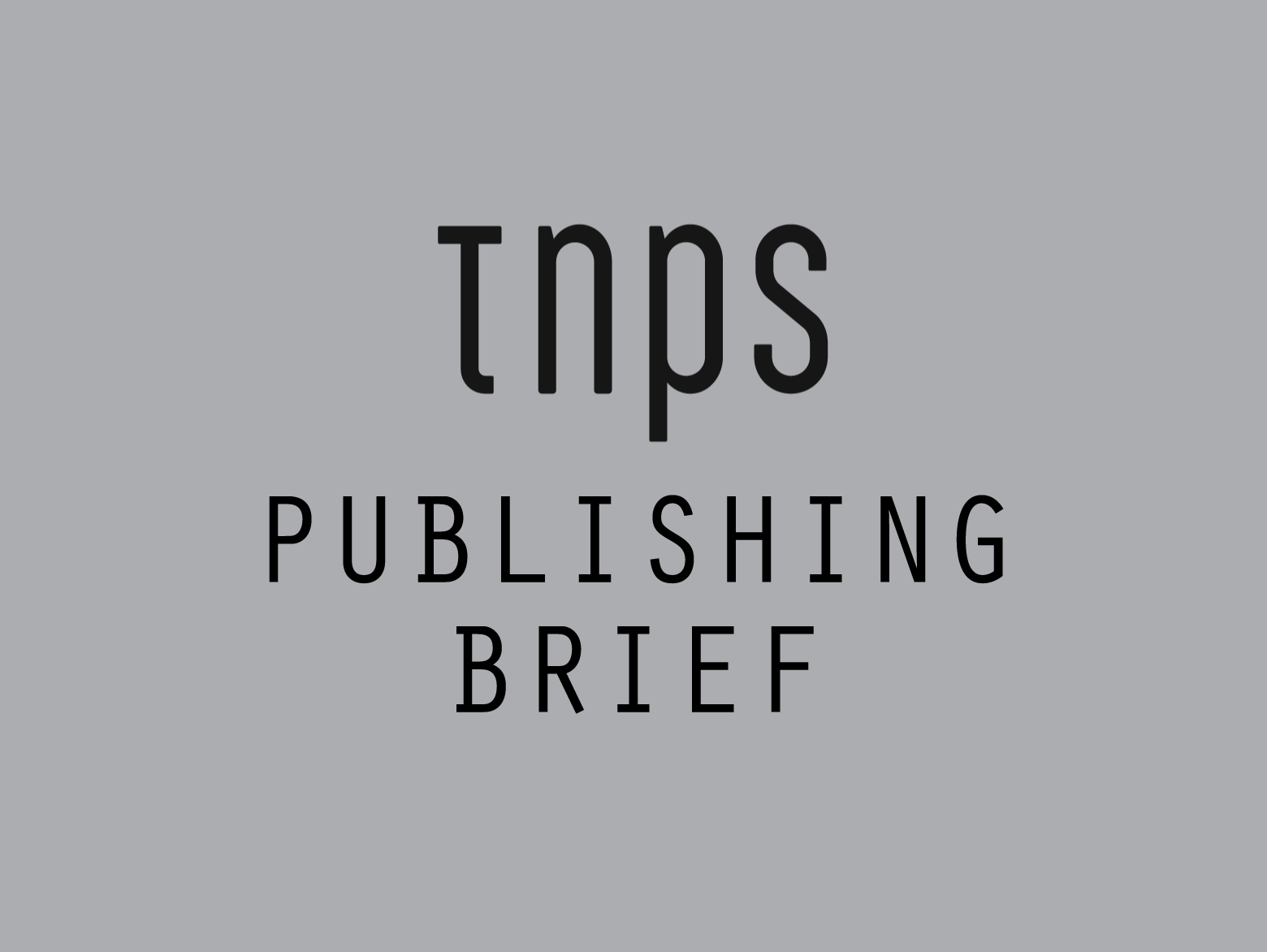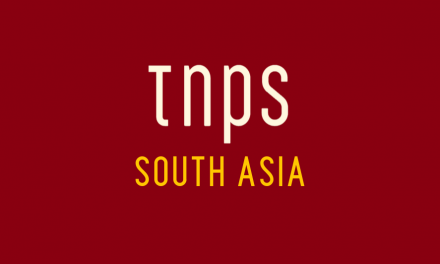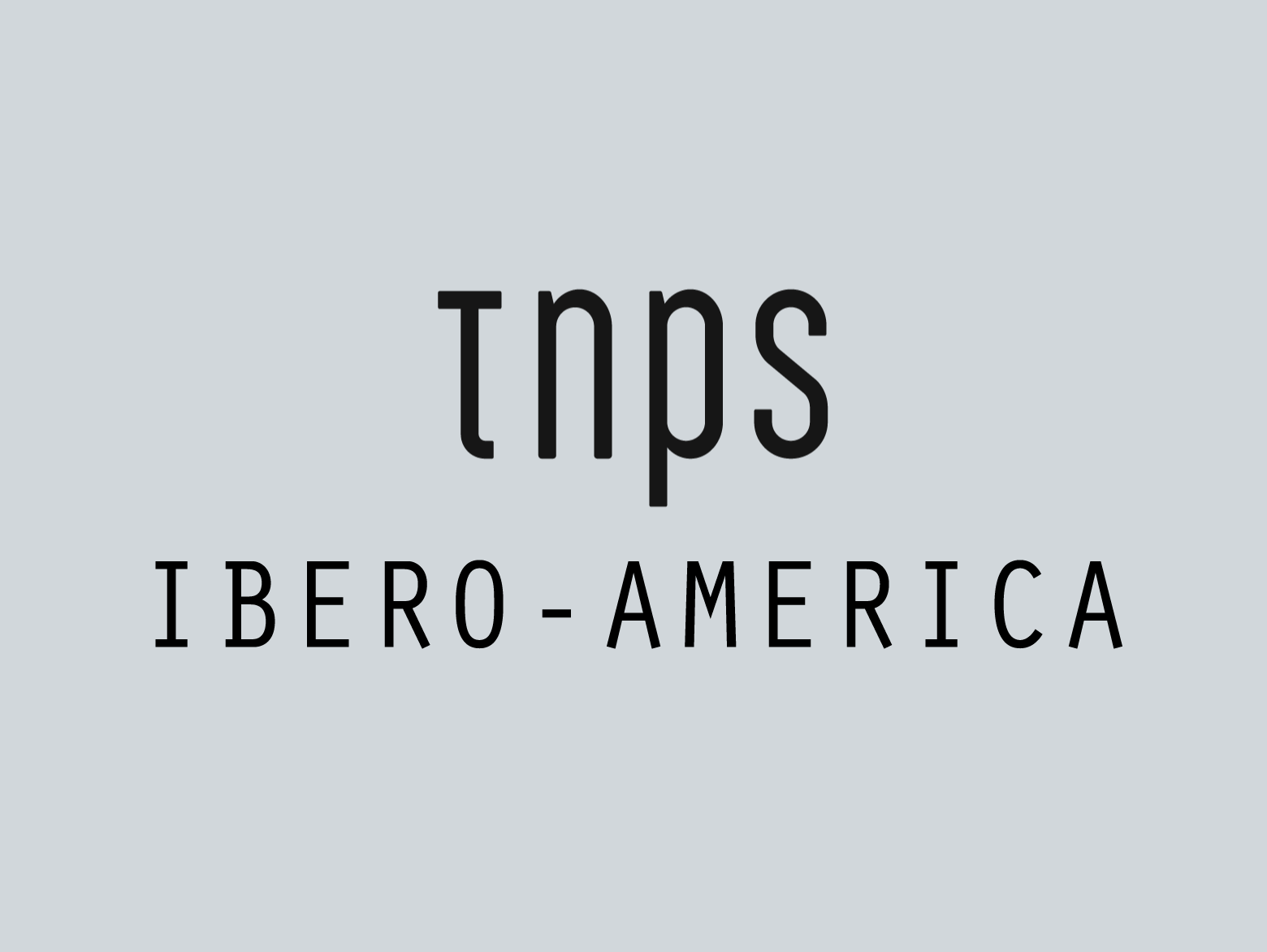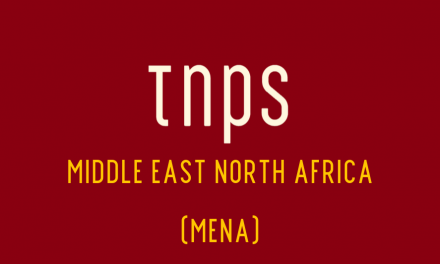The Himalayan country of Nepal is probably not on the radar of most western authors and publishers, but with more people than Australia, and over half the population online, it could be an exciting opportunity.
Right now Nepal is experiencing something of a publishing boom, in print at least. But despite 16 million people connecting to the internet – comparable to the entire population of the Netherlands – ebooks have yet to gain any real traction.
The first ebook stores emerged in Nepal around 2011, and at least one site, EbookNepal, is still functional, if not inspiring, and mostly academic focused.
Early excitement about Nepali ebooks soon faded, and even more recent attempts, like Kathalaya Publications’ WeRead app ebook store, which launched in January 2016 with 163 Nepali books, have sadly faded into oblivion.
As best I can tell from outside the country only one fiction-focussed ebook store, Pandulipi Books, is available for Nepali readers.
Needless to say none of the Big 5 western ebook retailers have any presence in Nepal.
One of the issues has been that the Nepali script isn’t welcomed by most western ereaders, and because there are so few outlets for Nepali ebooks so publishers are reluctant to invest in digitization.
Meantime, print is enjoying a boom in Nepal, rather counter-intuitively given the landscape.
As a Himalayan country Nepal faces more than the usual constraints on print distribution, and to make matters worse the population is widely spread out. In a country of close to thirty million, the largest city, the capital Kathmandu, chimes in with just 1.5 million people, while the next biggest barely scrapes 200,000.
Despite this there are numerous small bookstores across Nepal, and for anyone interested I recommend this post on must-visit bookstores in Kathmandu, from the LSE Review of Books.
The Kathmandu Post recently offered some insights into the history of publishing in Nepal, which again I recommend for those so inclined, but moving forward to the present and the publishing boom Nepal is experiencing, we again defer to the Kathmandu Post.
…The fall of the Rana Regime (an authoritarian dynasty that held sway in Nepal for over a century, until 1951) brought with it a marked rise in the number of books published in the country (but) it wasn’t until the turn of the millennium that publishing truly boomed as a viable industry. Thanks to the introduction of modern printing presses and the rise of books as a marketable commodity, the publishing business has become one of the most vibrant industries in the country, “with an approximate annual growth rate of 15 percent,” according to publisher Indra Mani Neupane of Shangrila Books.
The phenomenal sales of Narayan Wagle’s 2005 novel, Palpasa Café is credited with this turnaround. Again, deferring to the Katmandu Post, quoting Wagels’ publisher:
Before we published Palpasa Café, most Nepali books were being sold for less than Rs 100, and many people thought that we were crazy for trying to sell a book for more than twice that amount. But better editing, quality paper, a more readable font, a better cover design and layout helped establish publishing as a profitable venture if packaged in the right way.
Palpasa Café’s sales might not excite everyone – 60,000 in Nepali original, and 150,000 sales in translation – but this was big business by Nepali publishing standards, and
a watershed moment for the entire publishing industry.
Today 70 publishers and booksellers are registered with the National Booksellers and Publishers Association of Nepal (NBPAN), and as competition heats up between publishers so the publishers become more adventurous in their attempts to court readers.
Ajit Baral, the co-founder of Nepali publishing house FinePrint, which famously offered a one million rupee ($10,000) advance for a TV celebrity memoir in 2013, explained,
You could say we have managed to lead the field when it comes to book promotion in Nepal. Apart from the conventional book launches and social media campaigns, we have printed book excerpts, book marks, placed newspaper ads, produced YouTube videos, organised lunches with writers, introduced attractive book offers and started taking in pre-release orders.
Other publishers followed suit, with a consequent rise in quality and variety of books published, which in turn fuelled the publishing boom further.
In a telling point for outside observers, it seems a big problem is
not being able to capitalise on the demand and appetite for books by Nepali writers writing in English.
That and a trade issue that hinders Nepali books being exported to India, and results in English-language Nepali authors heading to India to get their books published.
Says Bidur Dangol of publishing firm Vajra Books,
There is a big market for Nepali writers in India, and to tap that market, writers prefer to publish in India. That way it is also easier for the book to be marketed in South Asia and the rest of the world as well.






Nameste, I need the list of Book Seller of Kathmandu, could you please help me on this matter. Thank you.
Note: on my gmail add A & G should be small letter.